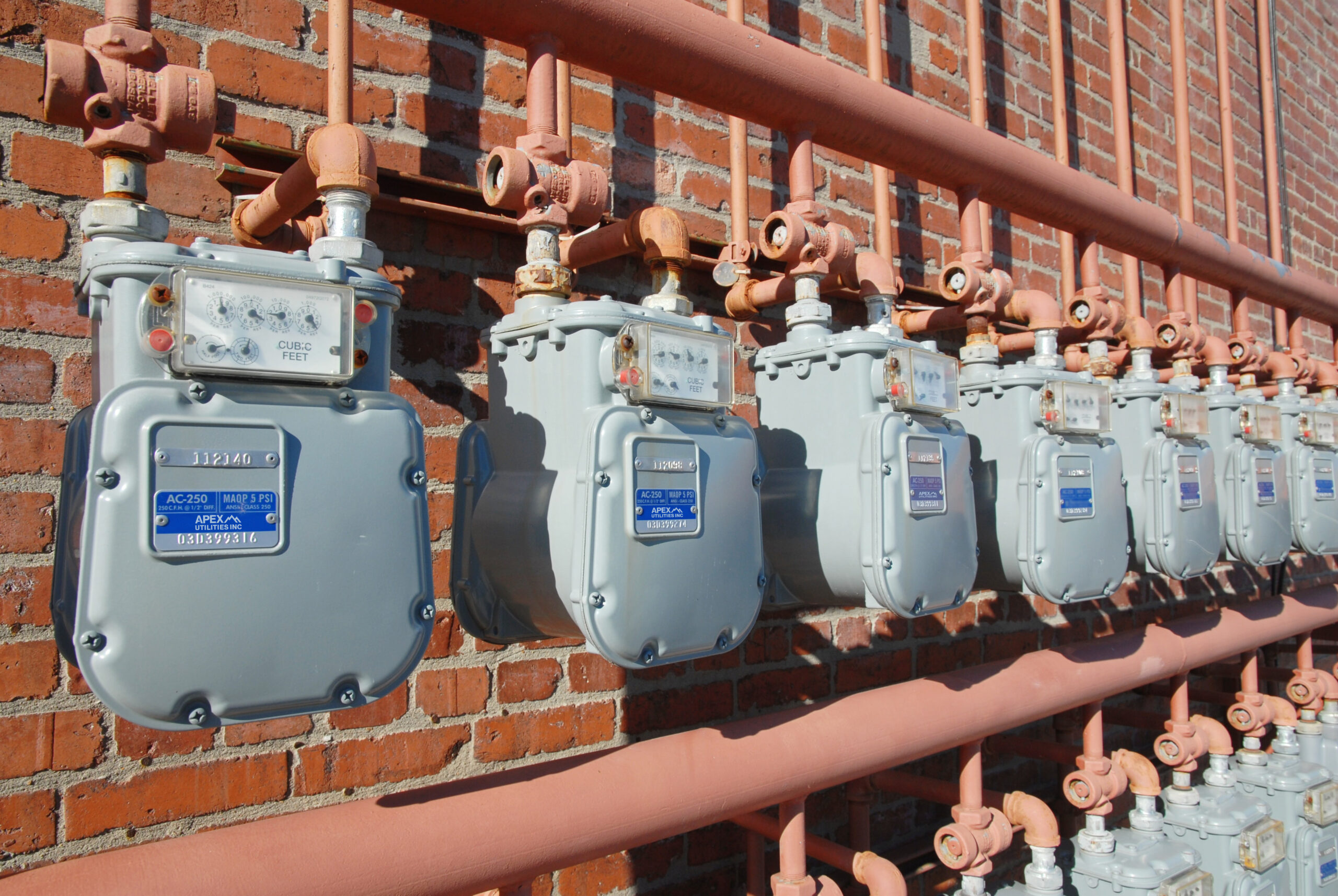

Natural Gas Vs Electricity
Comparing Natural Gas and Electricity
Alberta’s natural gas has an important role to play in helping our province through the energy transition. Natural gas is an abundant, local energy source with existing infrastructure that helps Albertans heat their homes and water in a cost-effective way.
Quantities of energy can be measured in different units just like the speed of a car: kilometers per hour and miles per hour. Natural gas is often measured in gigajoules (GJ) and electricity in kilowatt hours (kWh), but both are measures of energy.
Comparing two different units of measure is difficult. When comparing natural gas to electricity we use the following conversion:
1 GJ equals 278 kWh
To convert GJs to kWh, or vice versa, we use the following calculations:
[$/GJ] / [278 kWh/GJ] x [100c/$] = [c/kWh] OR [$/GJ] / 278 x 100 = [c/kWh]
[c/kWh] / [100c/$] x [278kWh/GJ] = [$/GJ] OR [c/kWh] / 100 * 278 = [$/GJ]
Commodity Cost Comparison
The “commodity” refers to the physical energy that is transported to your home or business. Gas is transported through pipelines and electricity through wires. The price of gas and electricity commodities is based on production costs set by competitive markets, meaning prices go up and down over time, just like gasoline for a car.
Based on current pricing, 1 GJ of natural gas costs $3.91 while 1 GJ of electricity costs $29.53. This means today, natural gas as an energy is 7.5x less expensive!
| Commodity Price | $/GJ1,2 | c/kWh | Comparison | |
| Natural gas | 3.91 | = | 1.41 | – |
| Electricity | 29.53 | 10.63 | 7.5x more expensive |
Delivered Cost Comparison
The “delivered cost” is how much it costs to bring the energy commodity from production to your home or business through pipelines or wires. This cost combines:
- Commodity cost
- Delivery charges
- Administration charges
- Municipal access costs
- Federal carbon levy (gas only)
Based on current rates and charges, the delivered cost of 1 GJ of natural gas is $17.74 while the delivered cost of 1 GJ of electricity is up to $104.41. That means if you converted your home to electricity, your bill could up to 5.9x more expensive!
| Delivered Price | $/GJ1,2 | c/kWh | Comparison | |
| Natural gas | 17.74 | = | 6.39 | – |
| Electricity (Fortis AB) | 71.01 | 25.56 | 4.0x more expensive | |
| Electricity (ATCO Electric) | 104.41 | 37.59 | 5.9x more expensive |
1The calculation uses the Regulated Rate Options (effective April 2022) found on the UCA Helps website
2A typical residential service uses 10GJ of gas/month and 600kWh of electricity/month.
With the 2030 Federal Carbon Levy, 1 GJ of delivered gas is 3x less expensive than FortisAB and 4x less expensive than ATCO Electric’s cost of electricity today.
| Commodity Price | $/GJ | c/kWh | Comparison | |
| Natural Gas | 26.671 | = | 9.59 | |
| Electricity (Fortis AB) | 71.01 | 25.56 | 3.0X more expensive | |
| Electricity (ATCO Electric) | 104.41 | 37.59 | 4.0X more expensive |
1Natural Gas Commodity $17.74/GJ + 2030 Federal Carbon Tax $8.93/GJ = $26.67/GJ
2022-2030 Federal Carbon Levy Cost per GJ
| Year | $/t-CO2-e | $/GJ |
| 2022 | $50 | $2.63 |
| 2023 | $65 | $3.41 |
| 2024 | $80 | $4.20 |
| 2025 | $95 | $4.99 |
| 2026 | $110 | $5.78 |
| 2027 | $125 | $6.57 |
| 2028 | $140 | $7.35 |
| 2029 | $155 | $8.14 |
| 2030 | $170 | $8.93 |
Emissions Comparison
| Commodity | kg CO2-e/GJ | kg CO2-e/kWh | Comparison | |
| Natural gas | 50.74 | = | 0.18 | – |
| 2022 Alberta grid | 158.33 | 0.57 | 2.9x more emissions |